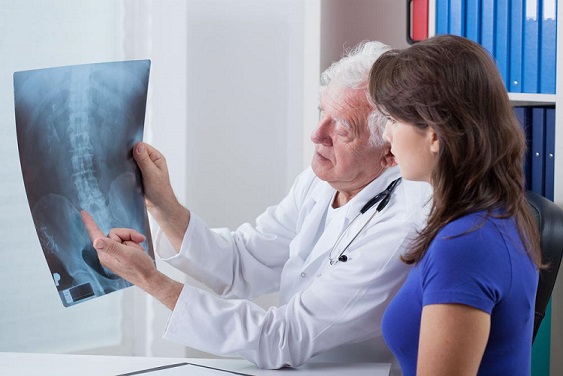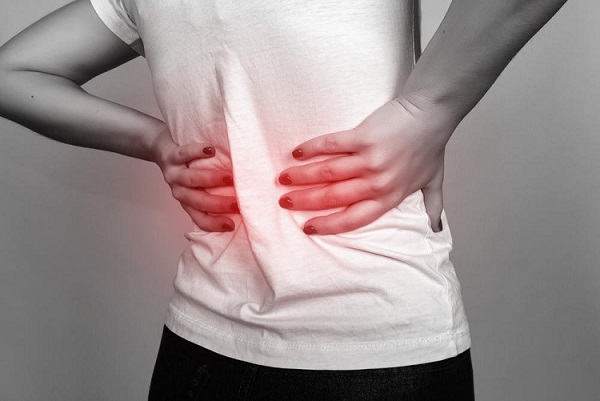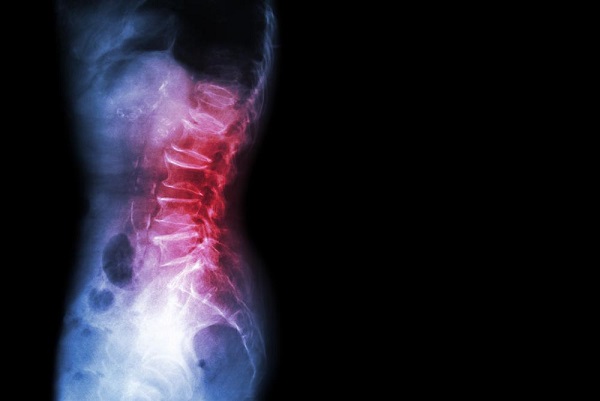Some of the Most Common Spinal Disorders: Signs, Symptoms and Treatment
It might sound a tad redundant, but your spinal cord is one of the most important parts of your body. The spine is a crucial component of the central nervous system which governs motor skills, provides strength and support to your body (your skull is pretty heavy, you know) and works in tandem with your muscles to efficiently distribute weight and maintain a consistent center of gravity.
Put simply, the spine is a wondrous thing. Sometimes, though, you might notice something wrong with your spine. Perhaps you’re experiencing chronic back pain, or an acute flare-up of pain when you move, sit down or work. In this article I have assembled a few of the most common spinal disorders here for you to look out for, including the most common signs and symptoms associated with these conditions. Please do note that if you do experience these symptoms, you should consult your health care provider; this article is not a substitute for an official medical diagnosis. Many spinal conditions can be avoided if you regularly exercise and maintain a healthy weight.

Spinal arthritis / osteoarthritis
Arthritis is a condition which affects the smooth cartilage lining of a joint. The condition usually manifests itself as pain, swelling and stiffness in the affected area. Spinal arthritis, or spinal osteoarthritis, is a breakdown of the neck and lower back’s joints and discs, which, just as with regular arthritis, manifests itself as pain, swelling and stiffness. Sometimes, nerves leaving the spinal column can be affected by spurs produced by osteoarthritis, which can result in weakness and pain in your limbs. Chief symptoms of spinal osteoarthritis are pain or stiffness in your neck or back which is relieved by lying down, and weakness or numbness of the limbs. You may also experience social and mental health issues as a result of osteoarthritis, so it’s an important condition to get checked out.
Herniated disc / slipped disc

Spinal discs are comprised of two components: an outer exterior, which is quite tough, and an inner centre, which is more jelly-like in consistency. A herniated disc, or slipped disc, occurs when the inner component of a spinal disc “pushes out” via a tear in the exterior. This might manifest itself as pain, weakness in your limbs or numbness, since the herniated disc can irritate nerves which are nearby. Herniated discs cause pain in different areas depending on where the disc is; if it’s nearer the neck, you’ll experience more intense pain in your shoulders and arms, while if it’s in your lower back, it’ll be nearer the thighs, calf muscles and buttocks. You can help to prevent herniated discs by regularly exercising, training your posture and maintaining a healthy weight.
Spinal osteoporosis / vertebral compression fractures
Osteoporosis refers to a gradual weakening of your bones, and since the spinal column is partially comprised of bone, it’s no less susceptible to this condition. When osteoporosis weakens your bones, they become more vulnerable to compression fractures, which are the result of weakened bones being worked perhaps a little harder than they should be. These bones can then crack or break, which will cause severe pain. In the spine, this pain can make it difficult to lift objects, walk around, sit down or stand up. The most pronounced symptoms of spinal fractures are severe back pain, a curved stoop to the spine, trouble bending the body, and a loss of height. You can help to prevent osteoporosis with a healthy, active lifestyle, as well as a good diet with plenty of calcium.
Spondylolisthesis

Catchy name, right? Spondylolisthesis refers to a bone in the spine slipping out of position in either direction. This condition is usually encountered in the lumbar region (the lower back), but can occasionally be found in the thoracic or cervical spinal regions (mid to upper back and neck regions, respectively). Spondylolisthesis may be what many people think of when they imagine a “slipped disc”, but the two conditions are totally different. Symptoms of spondylolisthesis for patients include lower back pain which gets worse on activity, tightened hamstring muscles, stiffness and tenderness of the back and excessive curvature of the spine. Depending on the severity and consistency of your symptoms, your doctor may prescribe non-surgical methods of treatment including rest and exercise programs, or surgery may be required in severe cases.
As mentioned previously many spinal disorders can be avoided with regular exercise and maintaining a healthy weight. Exercises such as Tai Chi that is not only good for your spine but your all over health, can be extremely beneficial. Eating a healthy balanced diet filled with proper nutrition and adding supplements to your daily routine such as magnesium, calcium, Vitamin D can help avoid many spinal problems and keep your bones healthy and strong. Health and wellness is something we have to work at daily and keeping our spine in balance and healthy is extremely important for all over well-being.
These are four of the most common spinal conditions. If you’re experiencing any of the symptoms above, please do contact your health care provider for an appointment as soon as possible.
If you suffer with chronic back pain or any spinal condition please share your tips and suggestions on what has helped you in the comment section below.
Please share this article so that we can all learn how to keep our spines healthy and what to do when we have back pain.
